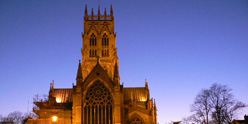 A small town in the north east of England in the county of South Yorkshire.
A small town in the north east of England in the county of South Yorkshire.
 Doncaster began when the Romans built a fort in the area about 71 AD. The Romans called the fort Danum. However in the 4th century Roman civilisation declined and the last Roman soldiers left Britain in 407 AD.
Doncaster began when the Romans built a fort in the area about 71 AD. The Romans called the fort Danum. However in the 4th century Roman civilisation declined and the last Roman soldiers left Britain in 407 AD. 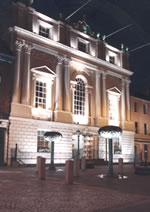
After the Romans left, the Saxons invaded Eastern England. The Saxons called a Roman fort a ceaster. When they arrived in South Yorkshire, being built beside the River Don, they called this one Don ceaster. In time the name changed to Doncaster and they created a village nearby.
In the 12th century Doncaster grew into a busy town. In 1194 King Richard I gave Doncaster a charter (a document granting or confirming certain rights). In the Middle Ages Doncaster was a busy little market town although it would seem tiny to us. In 1204 Doncaster suffered a disastrous fire. In the Middle Ages most buildings were of wood so fire was a constant hazard. On the other hand if buildings did burn they could be easily be replaced.
The street name “gate” is derived from the old Danish word ‘gata’ which meant street. In Medieval towns craftsmen of one type tended to live in the same street. Baxter is an old word for baker so Baxtergate was the baker’s street. Frenchgate may be named after French speaking Normans who settled there.
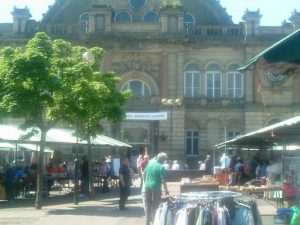 In the 14th century friars arrived in Doncaster. The friars were like monks but instead of withdrawing from the world they went out to preach. In 1307 Franciscan friars arrived in Doncaster. They were called grey friars because of the colour of their costumes. Carmelites or white friars arrived in the middle of the 14th century.
In the 14th century friars arrived in Doncaster. The friars were like monks but instead of withdrawing from the world they went out to preach. In 1307 Franciscan friars arrived in Doncaster. They were called grey friars because of the colour of their costumes. Carmelites or white friars arrived in the middle of the 14th century.
During the 16th and 17th centuries the little market town of Doncaster continued to grow. This was despite outbreaks of plague in 1562, 1582, 1583, 1604 and 1606. Each time plague struck a significant part of the town’s population perished but each time it recovered.
Transport has played an important role in Doncaster’s heritage. The stagecoach trade of the 17th and 18th centuries generated the wealth that built the town centre in the Georgian fashion complete with one of only three Mansion Houses in Britain as its civic headquarters.
Horse breeding for the stagecoach trade gave rise to Doncaster 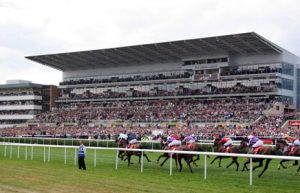 Racecourse and the founding of the Great Northern Railway Locomotive and Carriage Buildings Works, the factory that built the Flying Scotsman and the Mallard, brought further recognition.
Racecourse and the founding of the Great Northern Railway Locomotive and Carriage Buildings Works, the factory that built the Flying Scotsman and the Mallard, brought further recognition.
One of the founding Pilgrim Fathers, William Bradford, was born within the Borough and Doncaster’s rich history also includes an archaeological site in Sutton Common, grand country houses and magnificent churches.
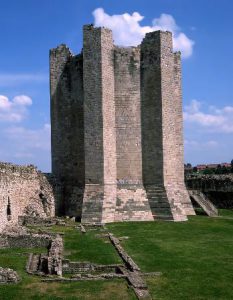 The spectacular white circular keep of Conisbrough Castle dates back to approximately 1180. Made of magnesian limestone, it is the oldest circular keep in England.
The spectacular white circular keep of Conisbrough Castle dates back to approximately 1180. Made of magnesian limestone, it is the oldest circular keep in England.
The Minster Church of St. George Doncaster lies at the heart of our town, where a church has stood for over 8 centuries. The present church was built between 1854-1858 after the medieval church was sadly destroyed by fire in 1853. St George’s Church, is a landmark on Doncaster’s skyline This masterpiece was designed by architect Sir Gilbert Scott who also designed St Pancras station. The church also boasts a rare Schulze organ and fine Victorian glass.
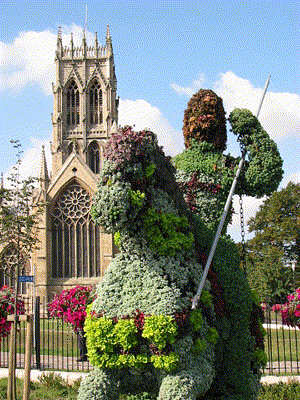
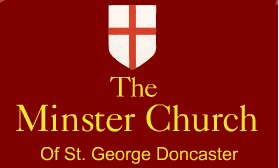
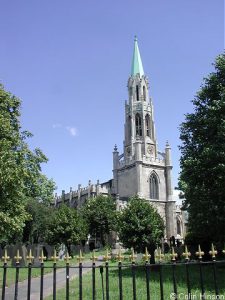
Christ Church, Thorne Road, Doncaster
